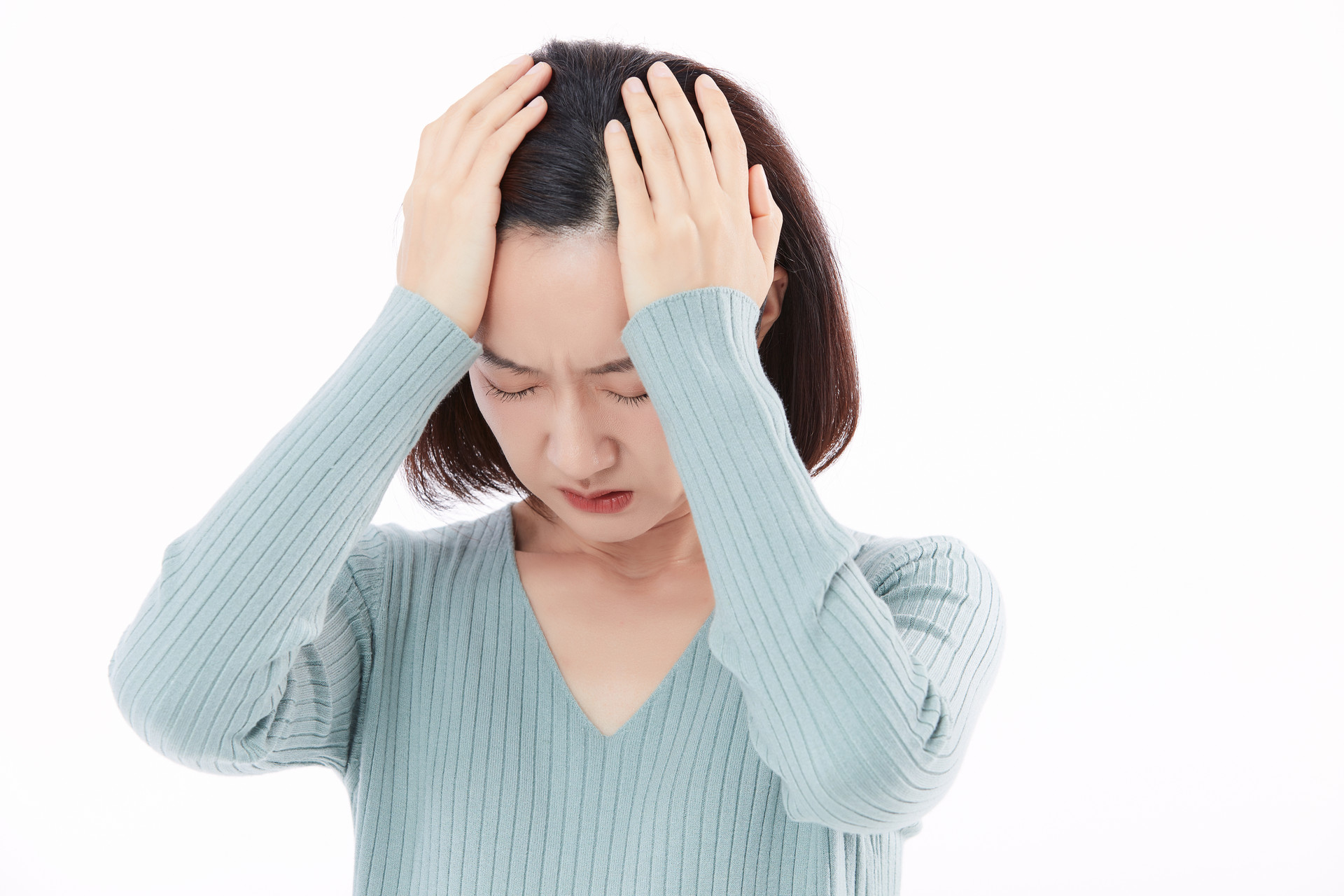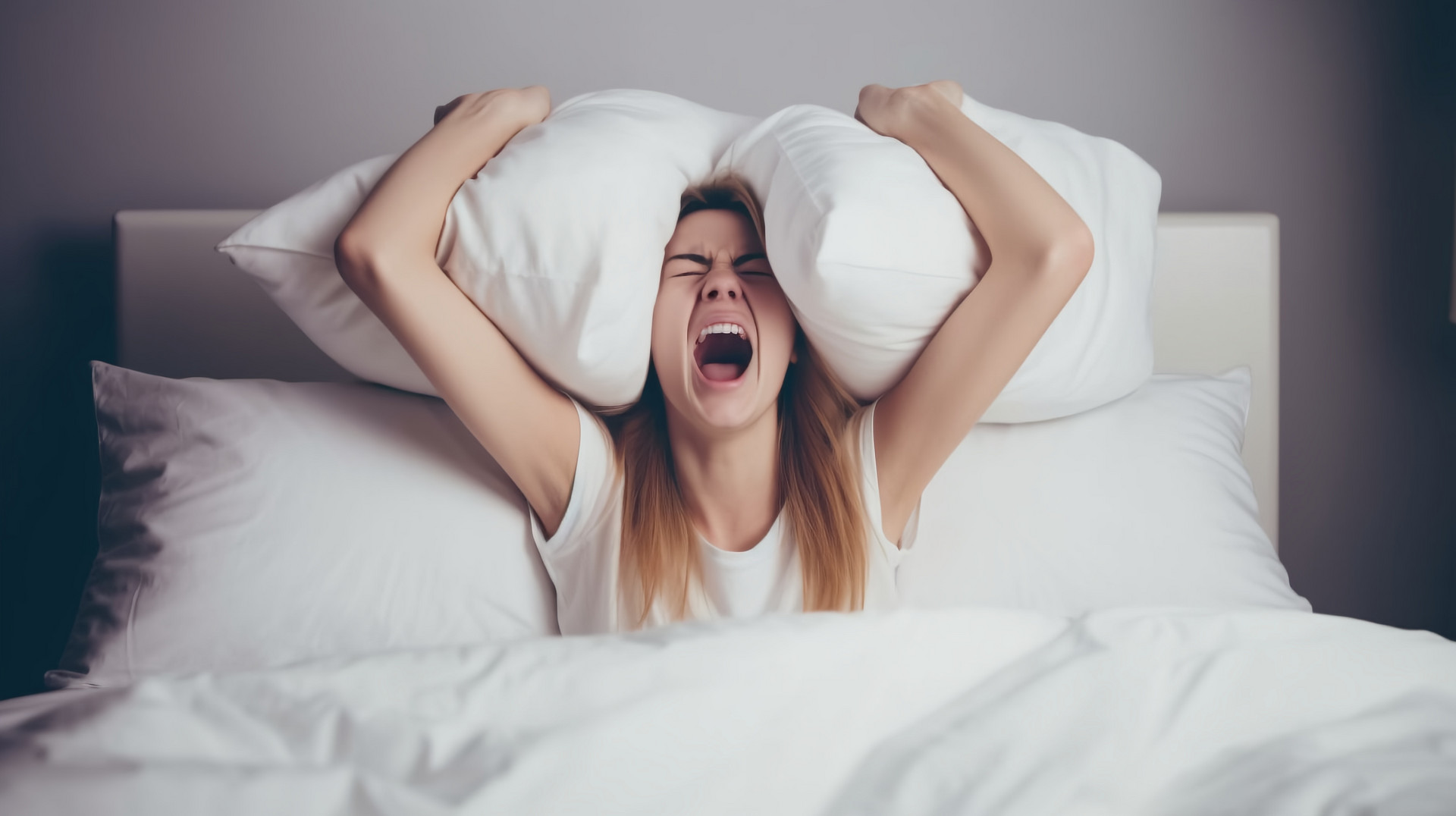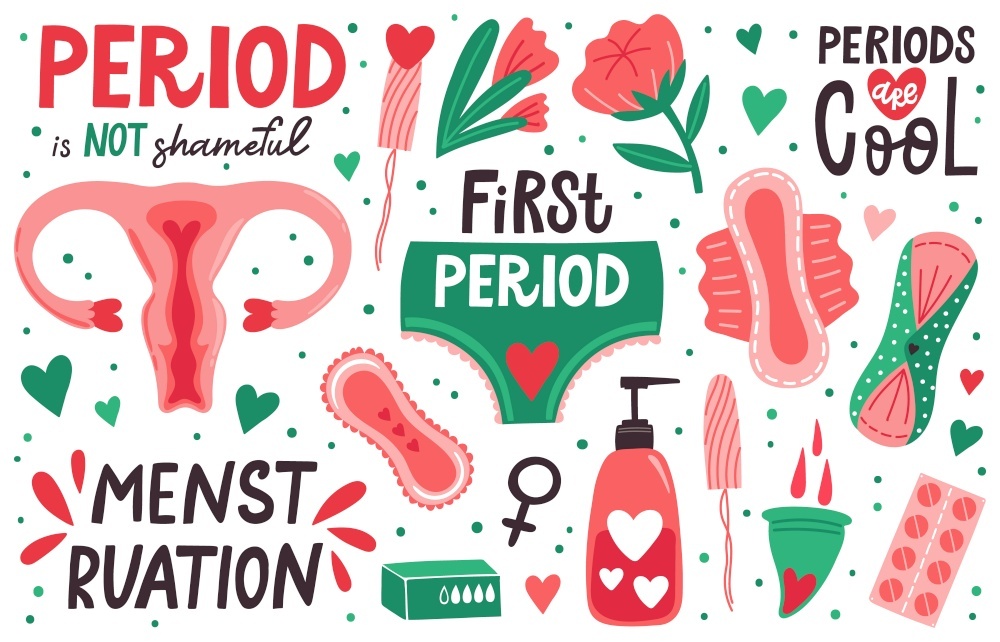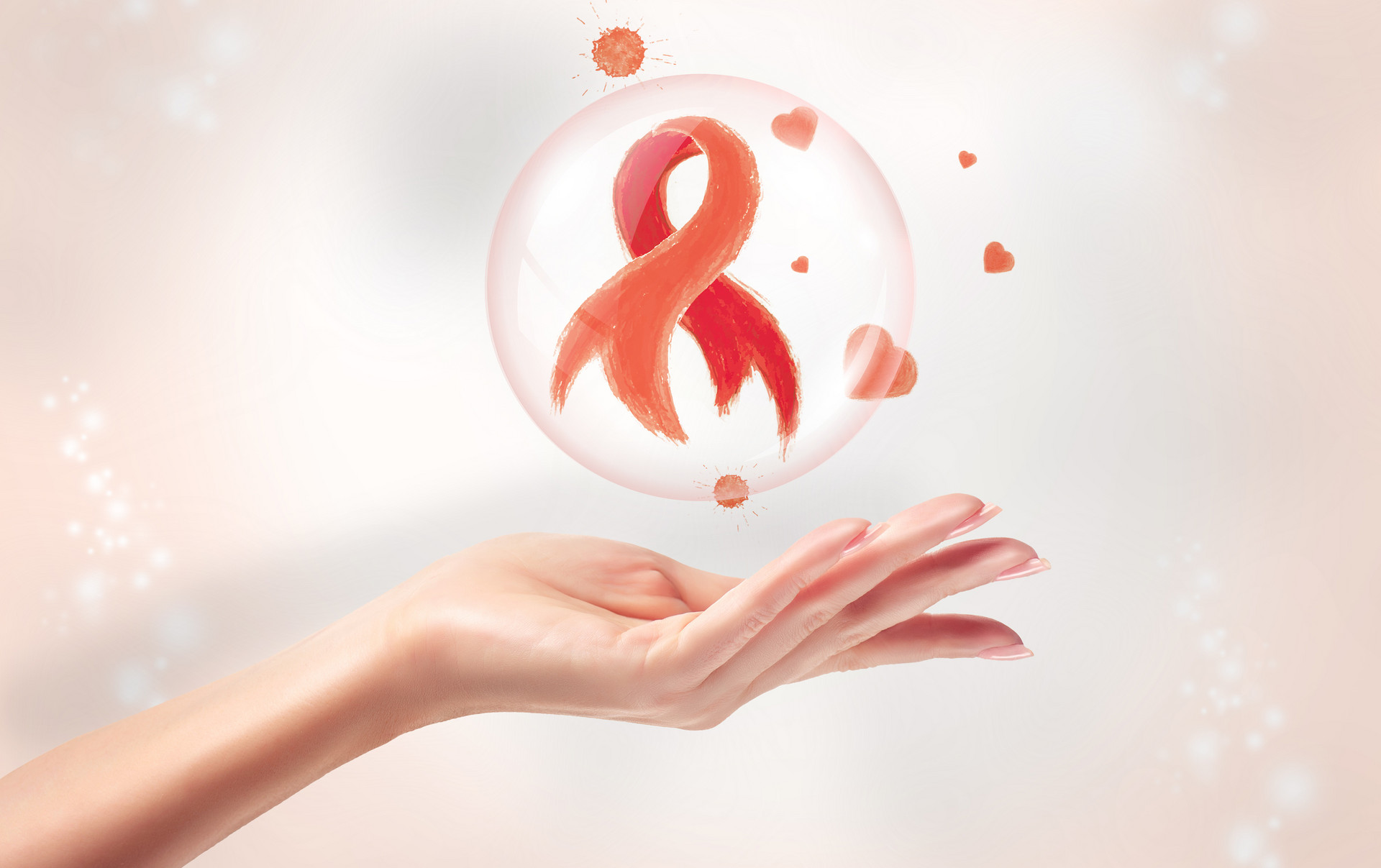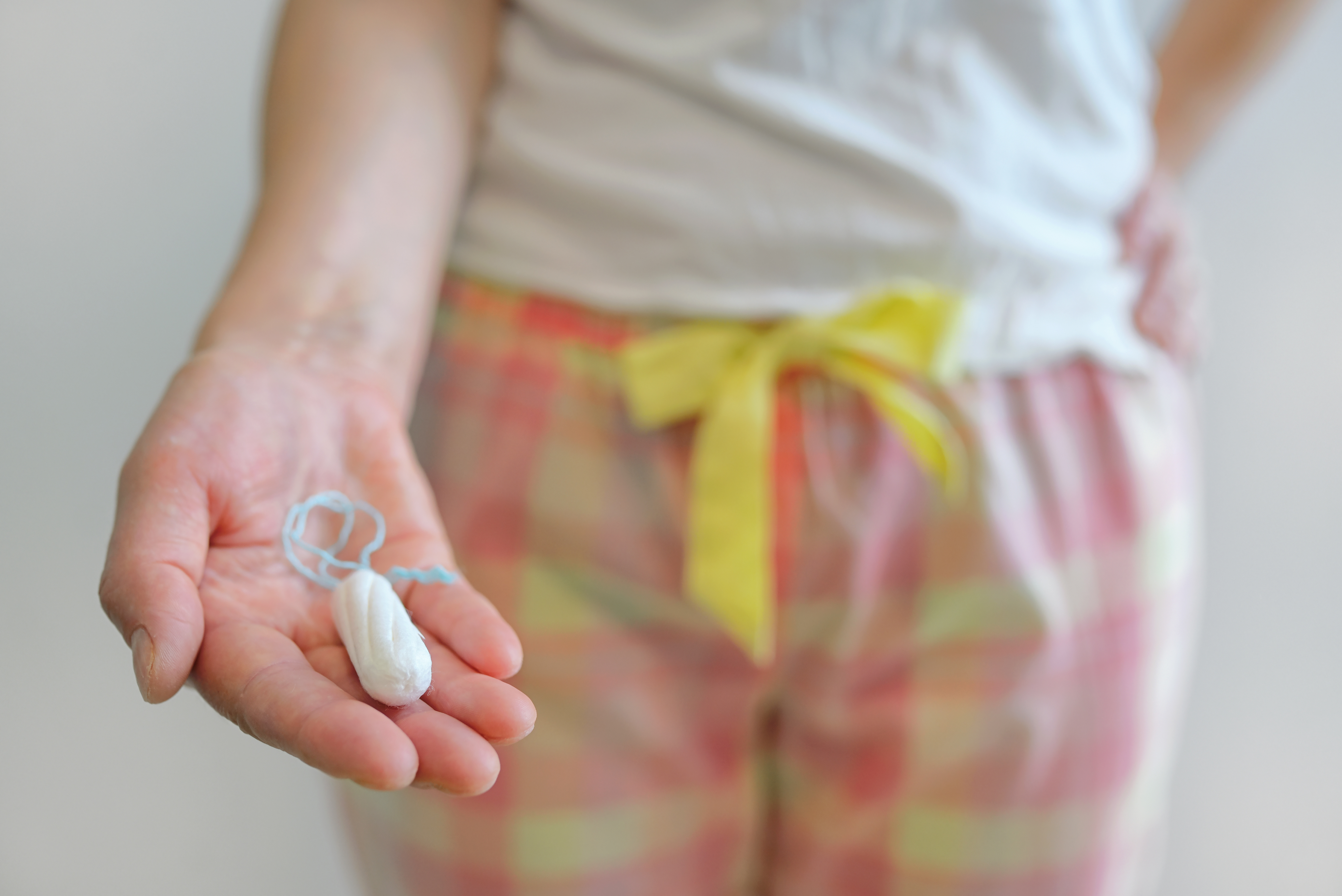What are the symptoms of female mania? Learn about the treatment methods for mania from experts! With the rapid development of society, people's living standards are constantly improving. Along with this development, social pressure is also increasing, leading to the emergence of a disease called mania. Mania is not an incurable disease, and it is closely related to the patient's mood and environment. This disease is becoming more and more common in today's society, especially among women. Today, let's explore the causes of mania in women and the symptoms of mania. Let me discuss the solutions to these problems with you!
Causes of Female Mania
Genetic Factors:
Clinical studies have shown that the incidence of the disease in first-degree relatives of patients, the concordance rate of twins, and the concordance rate of monozygotic twins indicate that this disease may be inherited through the X chromosome of the human body to the next generation, although other modes of inheritance cannot be ruled out.
Physical Factors:
In clinical practice, it has been found that the incidence rate is significantly higher in people who are short and fat and have a cyclothymic personality. Cyclothymic personality traits include broad interests, being active, sociable, optimistic, and easily excited, as well as being prone to anxiety and worry. Furthermore, patients with well-developed mesodermal skeletal and muscular structures and abundant connective tissue are found to have a higher incidence rate compared to those with ectodermal physique.
Psychological Factors:
The onset of mania may be related to severe psychological stimuli experienced by the patients, but in clinical practice, these stimuli can only be considered as triggering factors.
Psychosocial Factors:
When a person experiences unpleasant, "loss-oriented," or depressing events in their daily life, it not only becomes the cause of neurotic depression and psychogenic depression for patients, but it can also be a triggering factor or inducer for the occurrence of "endogenous" affective disorders and manic episodes. The factors causing mania appear to be very complex, and some of them are difficult to avoid in daily life. Therefore, we must pay attention in our daily lives, find appropriate ways to release our stress, and also exercise our psychological resilience. We need to be prepared to face various challenges and difficulties, which can help reduce the chance of developing this disease.
Symptoms of Female Mania
1. Grandiosity
Patients with mania often exhibit symptoms of elevated self-esteem, feeling superior, having extraordinary intelligence and talent, believing that their work is the greatest, and that their abilities are the strongest. In severe cases, this can reach the level of delusions of grandeur.
2. Elevated Mood
This is characterized by intense and sustained joy and excitement. The patient becomes interested in everything, believing that there are no more worries in the world. They feel good about themselves, and this pleasant mood is genuine. The patient is lively, talkative, and exudes a joyful atmosphere. They sleep less but appear energetic, enthusiastic, enjoy dressing up, and like to show off. Their emotions are highly infectious and often resonate with those around them. This is a characteristic symptom of mania. Some patients are easily provoked and easily angered by trivial matters, even causing harm to others or destroying property. However, they quickly turn their anger into laughter, apologize, and continue to be ecstatic.
3. Increased Speech and Activity
Manic patients often talk incessantly, with rapid topic transitions. In severe cases, they can talk for hours, but their insights are shallow and one-sided. They believe they are always right and do not tolerate correction from others. When they are easily provoked, their speech can be hostile, complaining, or accusatory. They interfere in other people's affairs and sometimes cause trouble, behaving unreasonably and getting into arguments for no reason. They feel energetic and interested in various activities, engage in frequent social activities, and experience increased sexual desire. They are busy all day long, never stopping for a moment. However, their work efficiency is low, and they tend to start tasks without finishing them. They may even be unable to take care of their own lives. They have many opinions and high demands, often underestimating objective difficulties and implementing impractical plans, resulting in no achievements.
4. Accelerated Thinking and Association
The thinking and association of manic patients are significantly accelerated, with a wide range of topics being rapidly transitioned from one concept to another. Some patients feel that their thoughts are too fast for their tongue to keep up, and they believe that they have become smarter.
What are the symptoms of mania? The above is an introduction to the "typical symptoms of mania." After reading it, you should have a preliminary understanding. Mania brings many harms to patients, so friends with this condition should take it seriously and seek treatment as soon as possible to regain their health.
Treatment Methods for Mania
Psychological Treatment for Mania
Focus on Concentration
People with mania often have a lack of focus and become restless. They may be doing one thing but their mind is already on another. As a result, they are unable to complete tasks properly and become even more agitated. Therefore, psychological treatment for mania should also focus on encouraging patients to concentrate on their tasks. Even if their thoughts occasionally wander, they should make an effort to bring their focus back to the task at hand.
Improve Personal Temperament
The onset of mania is usually uncontrollable for the individual, and it is closely related to their personal qualities and habits. Most mania patients tend to have a hot temper and are prone to impulsiveness. Therefore, psychological treatment for mania should start with improving personal temperament, developing good emotional and character qualities, and avoiding arrogance and impatience. This will help maintain a stable and calm state of mind.
Think Positively
For patients with mania, their perspective is generally narrow-minded. They may seem indifferent to everything, but as soon as they encounter even a slight dissatisfaction, they immediately become furious and filled with anger. Therefore, psychological treatment for mania should help patients become more open-minded, encouraging them to think positively and focus on the good aspects of things. This will naturally reduce the occurrence of mania.
Traditional Chinese Medicine Treatment for Mania
1. Glauber's Salt: Glauber's salt is a crystalline form of aluminum potassium sulfate, derived from alum, a sulfate mineral. Glauber's salt is traditionally used for skin diseases and can also treat manic mental illness. Method: Take 120g of alum, add 120g of rock sugar, and boil in 600ml of water until it reduces to 200ml. Take 100-200ml on an empty stomach each time.
2. Sophora Flavescens: Sophora flavescens is the dried root of the leguminous plant Sophora flavescens, which contains multiple alkaloids. It is used to treat manic mental illness. The initial dose of sophora flavescens is 9-12g per day, divided into 2-3 doses after meals, gradually increasing the dosage. In a study of 40 cases, the overall effective rate was 82.5%. Therefore, for mania, if the patient's emotional fluctuations and outbursts are not very intense, we recommend using the above single Chinese herbs for adjuvant treatment. According to traditional Chinese medicine theory, whether it is mania or depression, it is related to liver qi. The purpose of using herbs is to promote circulation, eliminate phlegm and stasis, and regulate liver qi, which can naturally help patients achieve smooth and stable emotions.
Women are the heroes of the household, so it is necessary to pay attention to changes in women's psychology. After reading the above introduction, I hope you have gained some understanding of mania. I hope that the information provided by the author will be helpful to you.


